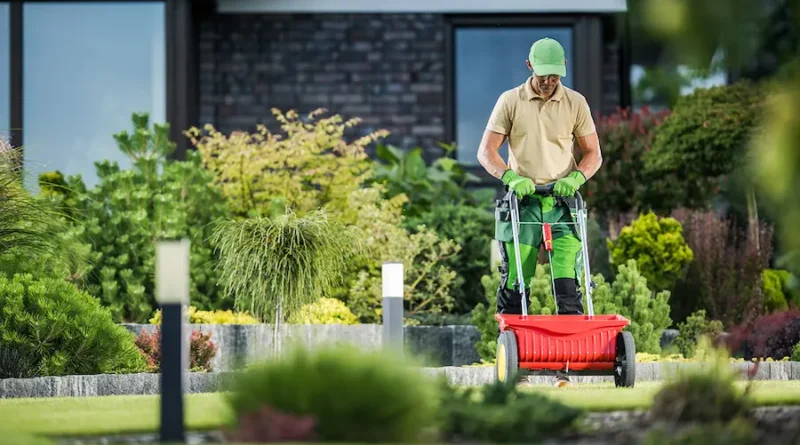Effective Lawn Maintenance Techniques for a Greener Yard
A lush, green lawn is often considered the pride of any homeowner. Not only does it enhance the aesthetic appeal of your property, but it also contributes to the overall environment by improving air quality and providing a habitat for various species. Achieving and maintaining a greener yard, however, requires more than just watering and mowing. It involves a comprehensive understanding of lawn care principles and techniques. In this article, we explore effective strategies that can help you maintain a vibrant and healthy lawn throughout the year.
1. Soil Testing and Preparation
The journey to a greener lawn begins with understanding the soil beneath it. Conduct a soil test to determine its pH level and nutrient content. This will guide you in selecting the appropriate fertilizers and soil amendments. A well-prepared soil with the right pH balance (ideally between 6.0 and 7.0) ensures that grass receives the nutrients it needs to thrive.
2. Choosing the Right Grass Type
Different grass types thrive in different climates and conditions. Selecting the right type for your region is crucial. Consider factors such as sunlight, shade, drought resistance, and traffic tolerance. Popular choices include Kentucky bluegrass, Bermuda grass, and fescue. Each has its own growth habits and maintenance needs.
3. Proper Watering Techniques
Watering is a critical component of lawn maintenance. It is essential to water deeply but infrequently, encouraging grass roots to grow deeper into the soil. Early morning is the best time to water your lawn, minimizing evaporation and fungal diseases. Aim for about one inch of water per week, adjusting for rainfall.
4. Mowing Practices
Mowing your lawn correctly can make a significant difference in its overall health. Set your mower blades to the right height; generally, taller grass shades the soil better, reducing water evaporation and weed growth. Avoid cutting more than one-third of the grass blade at once, as this can stress the plant.
5. Fertilization and Weed Control
Regular fertilization provides essential nutrients that grass needs to grow robustly. Choose a fertilizer based on your soil test results and apply it during the growing season. Additionally, manage weeds effectively by using pre-emergent herbicides early in the season and spot-treating persistent weeds.
6. Aeration and Overseeding
Aeration involves perforating the soil with small holes to allow air, water, and nutrients to penetrate the roots effectively. This process alleviates soil compaction and encourages healthier growth. Overseeding involves spreading grass seed over an existing lawn to fill in bare patches and improve density, particularly after aeration.
For those living in specific areas, professional lawn care services can be an invaluable resource. If you’re in Alabama, you might consider Huntsville Lawn maintenance to ensure expert care and advice tailored to your local climate and lawn conditions.
Conclusion
Effective lawn maintenance is a blend of art and science, requiring diligence and informed decisions. By adopting the techniques discussed in this article, you can transform your yard into a green paradise that is both beautiful and sustainable. Remember, patience and consistency are key; a well-maintained lawn is a testament to your commitment to nurturing nature’s carpet.

